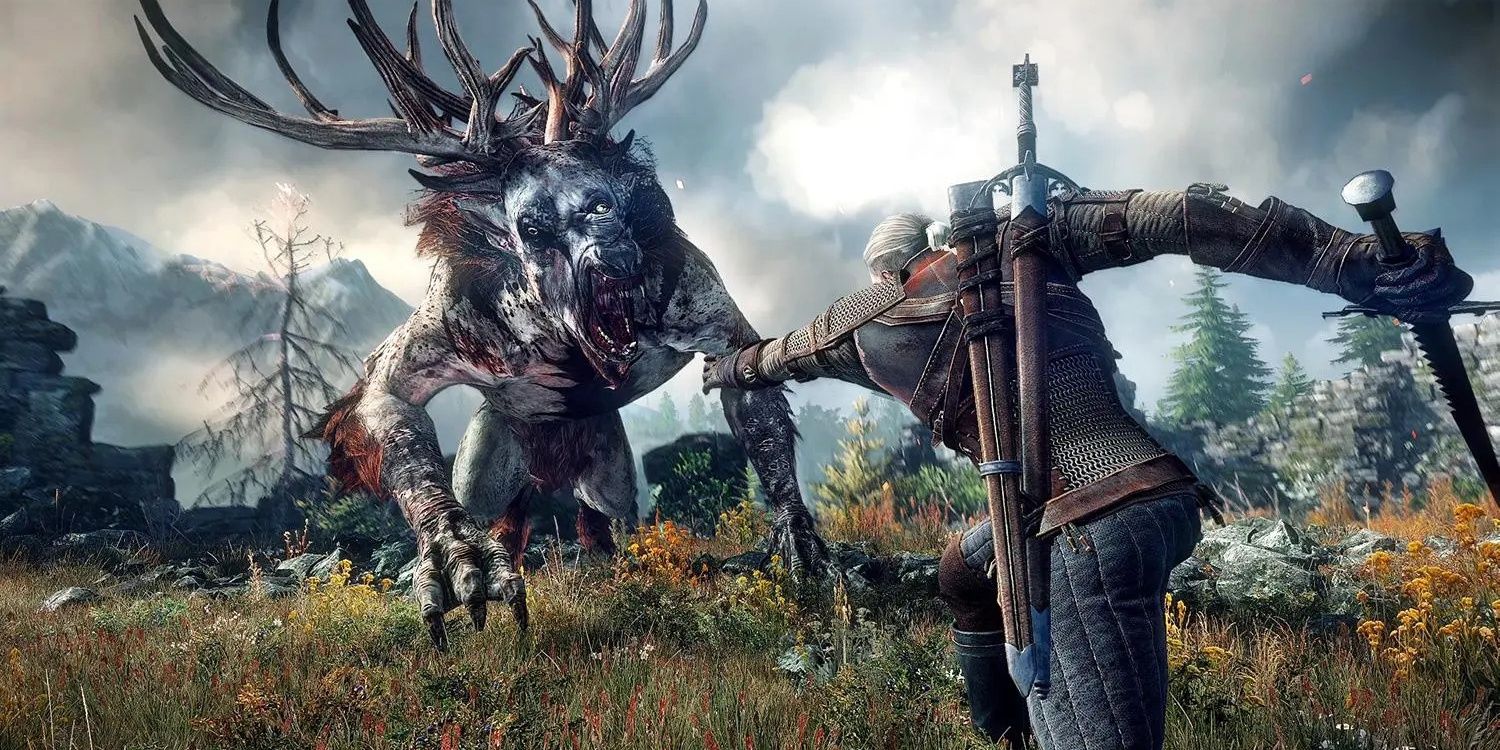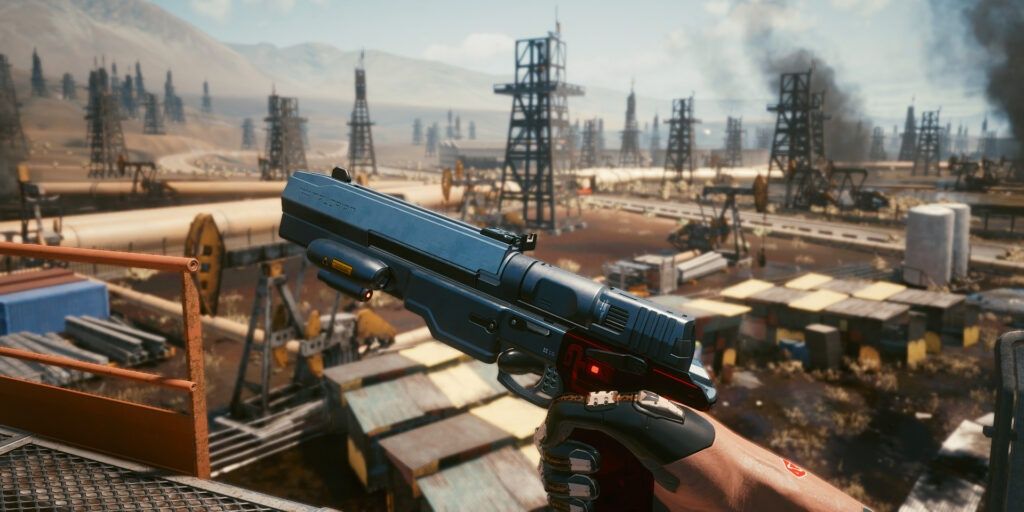Developing triple-A games is an expensive business. In fact the costs of making the ambitious, story-driven, and visually stunning games that owners of current-gen consoles and powerful PCs expect have been ballooning for years. For example, the graphically impressive The Callisto Protocol reportedly cost $162 million to develop. For longer and more complex RPGs meanwhile the effort and resources required can not only be intensive but lengthy.
In a recent roundtable interview, a CD Projekt Red developer addresses these issues. Famed for its expansive role-playing games, CDPR is the Polish studio behind The Witcher 3 and Cyberpunk 2077. Its lead quest designer and the quest director for Cyberpunk 2077 Paweł Sasko responded to a recent editorial published by PC Gamer that remarked that "the cinematic BioWare-style RPG is dead, it just doesn't know it yet".
Apparently that editorial caused "a commotion" among CD Projekt's designers. "Everyone actually, after reading this article, said 'we mostly agree, actually, with the thesis'", Sasko told PC Gamer. "At least when it comes to triple-A, we are just running at a [****ing] wall, I think, and we're gonna crash on that wall really soon".
This "wall" to which Sasko referred is the ever escalating costs and complexity associated with making games like Cyberpunk 2077. CD Projekt's ambitious sci-fi RPG is one of the most expensive games ever made, with a reported budget of $316 million. The game is critically acclaimed and appreciated by its fans, but it came in for a storm of criticism when it launched due to its numerous bugs and glitches. But those quick to criticise should realise just how difficult the game was to make and something as simple as switching to first-person perspective, in contrast to The Witcher 3's third-person, can be deceptively complex.
Sasko explained that The Witcher 3 used an abundance of "tricks" — developer hacks that meant objects could be spawned and despawned, while transitions between parts of quests could use scenes that cut to black and sometimes animations didn't need to be created. "Then you look at Cyberpunk", Sasko contrasted. "No cuts, no black screens, you're in 'V' all the time. Staging is in-person. It got so incredibly more expensive to generate branches. Adding branches to Witcher 3 was so easy in comparison to Cyberpunk. This article really sparked that discussion."
CD Projekt's devs believed the "no-cuts" first-person perspective was crucial to Cyberpunk 2077 but this meant adding branches to the narrative became more complex. Sasko pointed out how a game such as Disco Elysium, which features a lot of in-game text and is visually more simplistic, could add narrative branches much less expensively.
The former creative director for Dragon Age Mike Laidlaw explained that creating a cinematic game will invite comparison, which means such a game will be "keeping pace" with the likes of Naughty Dog and Cyberpunk. Laidlaw paid tribute to CD Projekt's cyberpunk title but balked at the level of investment it must've taken. "It was like the unbroken perspective of Half-Life 2 but with all the branching and stuff from all your titles", Laidlaw said, referring to Cyberpunk 2077. "It was a phenomenal achievement, I think, but I imagine expensive in a deeply personal level on top of the money".
The RPG round table also featured Josh Sawyer and Lis Moberly of Obsidian Entertainment and was a fascinating insight into this world of game development. Those interested can listen to the full 80-minute conversation here.



